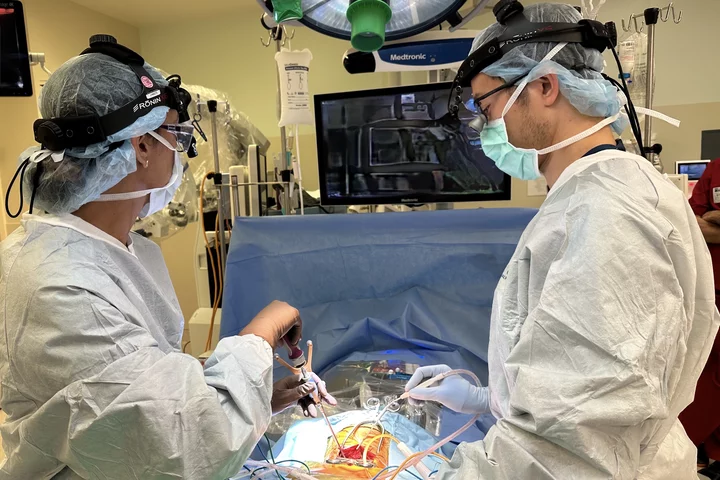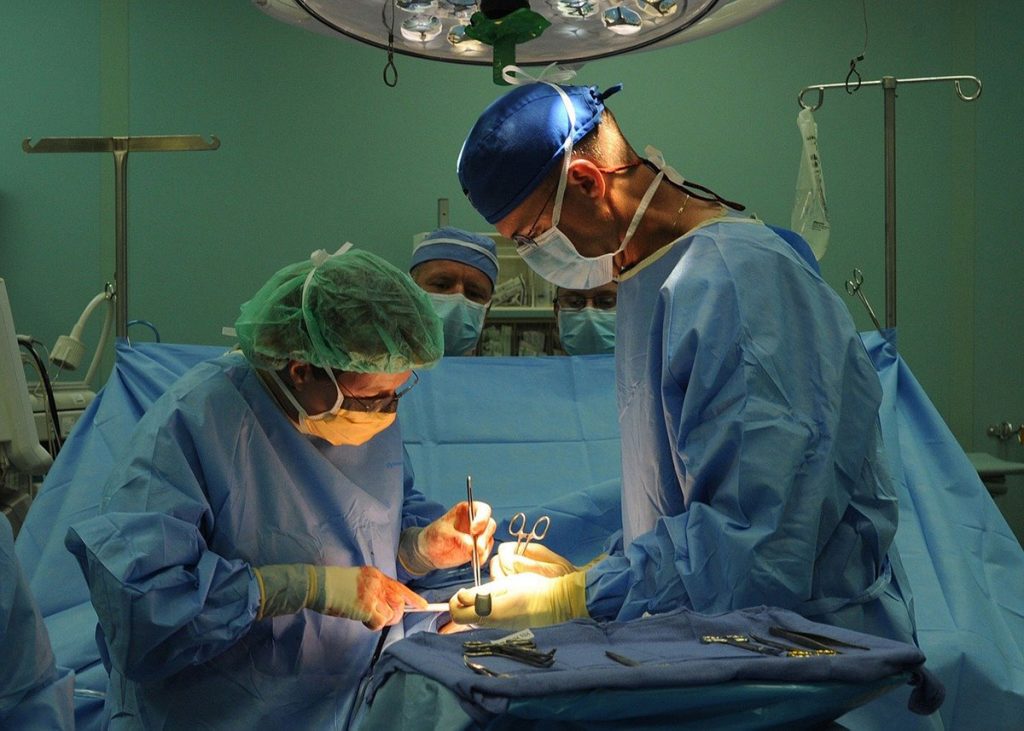What Does Axis Spine And Orthopedics Do?
Wiki Article
Indicators on Axis Spine And Orthopedics You Need To Know
Table of ContentsThe Ultimate Guide To Axis Spine And OrthopedicsThe smart Trick of Axis Spine And Orthopedics That Nobody is Talking AboutAxis Spine And Orthopedics - QuestionsAxis Spine And Orthopedics - Truths
An orthopedic surgeon is a doctor that specializes in dealing with issues of the bones, joints, and connective cells, and guaranteeing you maintain a healthy and balanced musculoskeletal system., we have actually extremely qualified orthopedic doctors that are capable of dealing with people of all ages. I obtained entailed in research during my first year of clinical institution, and I started making links with orthopedic specialists early on.
Review the post-operative care strategy with your specialist. Organize for transport to and from the healthcare facility on the day of surgical procedure.
Some Of Axis Spine And Orthopedics

Your physician will certainly provide plenty of details pertaining to post-operative treatment, consisting of exactly how to stay clean and keep the medical location tidy. Complying with these tips can prepare you physically and emotionally for your orthopedic surgical treatment. Remember to keep a favorable outlook and depend on your clinical team's know-how, contributing to a smoother recuperation process.

No one anticipates you to recognize anything, so do not attempt to remember a lot of random facts. Otherwise, joint discomfort can actually mess up your life.
Common problems dealt with by orthopedic cosmetic surgeons are: Cracks and Bone Injury: Broken bones and various other injuries from accidents or influences. Bone Cancer Cells: Lumps in the bones. Orthopedic Injury: Extreme injuries influencing bones, joints, or soft tissues.
Sprains and Pressures: Injuries to tendons and muscular tissues. Tendinitis: Inflammation of the tendons. Orthopedic cosmetic surgeons carry out a range of treatments to aid individuals with musculoskeletal issues. Common examples are knee and hip replacements. Joint Reconstruction: Reconstructing a harmed joint to restore its feature. Bone Grafting: Taking bone from one component of the body and transplanting it to one more area to repair and reconstruct damaged bones. Reconnecting Nerves: Repairing damaged nerves to recover movement and experience. Back Disk Substitute: Changing a harmed back disk with a fabricated one to ease pain and bring back function. You'll require to take and pass the Medical University Admission Examination( MCAT). This standardized examination analyzes your understanding and skills required for success in medical institution. Clinical school is an intense

Some Known Details About Axis Spine And Orthopedics
Next, they complete an orthopedic residency. It's normally five years and provides hands-on understanding in a clinical setup. Limited movement as a result of discomfort. Stiffness. Consultations typically consist of: Reviewing your signs and symptoms, clinical history and way of living. A physical examination, consisting of relocating the affected joint in details methods. Imaging studies, such as an X-ray. Explanation of your diagnosis.Treatment referrals. Some conditions require added imaging, like a CT check or MRI for more thorough views of the excruciating area. Your orthopedist will certainly suggest treatments to reduce signs my explanation till you obtain a medical diagnosis. Orthopedic specialists specialize in nonsurgical and surgical techniques. For specific kinds of orthopedic injury or congenital problems, surgical procedure is frequently the initial line of therapy. For a lot of various other problems, orthopedists attempt nonsurgical treatments. It may take even more than one kind of treatment to achieve enduring alleviation. Choosing the right is critical for effective surgical outcomes and improved client recuperation. With a wide variety of options offered on the market, it can be frustrating for both cosmetic surgeons and patients to make a notified decision. The top 5 variables to think about when picking an orthopedic dental implant are surgical compatibility, cost-effectiveness, considerations for modification surgical procedure, patient-specific elements, and the style and development of the implant. They are available in different forms, dimensions, and materials, each serving a particular purpose based on the client's needs. Understanding the basics of orthopedic implants is essential prior to diving right into the decision-making process. One of the leading considerations when choosing an orthopedic dental implant is its compatibility with the procedure. Various implants are developed for various medical strategies and approaches. The orthopedic dental implant must be particularly developed to fit the person's makeup and ensure stability throughout the healing procedure. Surgical compatibility involves aspects such as dental implant dimension, form, and material. The success of orthopedic procedures counts heavily on the correct option and placement of implants that are compatible with the person's composition and medical background. By focusing on client safety and security and wellness, orthopedic specialists can achieve effective results and offer the highest high quality of care to their patients. Doctors should carefully take into consideration the biomechanical residential properties of the implant and exactly how it will certainly integrate with the individual's bone framework. This will add to far better surgical results, lowered complications, and much shorter healing time. When selecting implants for an individual, it is vital to take into consideration a variety of patient-specific aspects that can influence the success and end result of the procedure. These elements incorporate the patient's age, bone high quality and amount, oral health and wellness standing, medical history, way of life habits, and aesthetic choices. For older people with compromised bone thickness, shorter implants or grafting treatments might be useful to offer the essential stability and support. 3. Is the size of the orthopedic implant a vital consideration? Exactly how does it influence the operation and the patient's healing? Yes, the size of the dental implant is important as it has to match the client's structure for appropriate fit and performance. 4. Can the client's age and way of living contribute in choosing one of the most appropriate orthopedic implant? Absolutely. Exactly how does the expense of an orthopedic implant element right into the decision-making procedure, and exist methods to balance high quality with affordability? The price of the dental implant is a vital factor to consider, yet it needs to not be the single determining variable. Stabilizing high quality with cost includes weighing different implant alternatives 'lasting advantages and potential issues. Report this wiki page